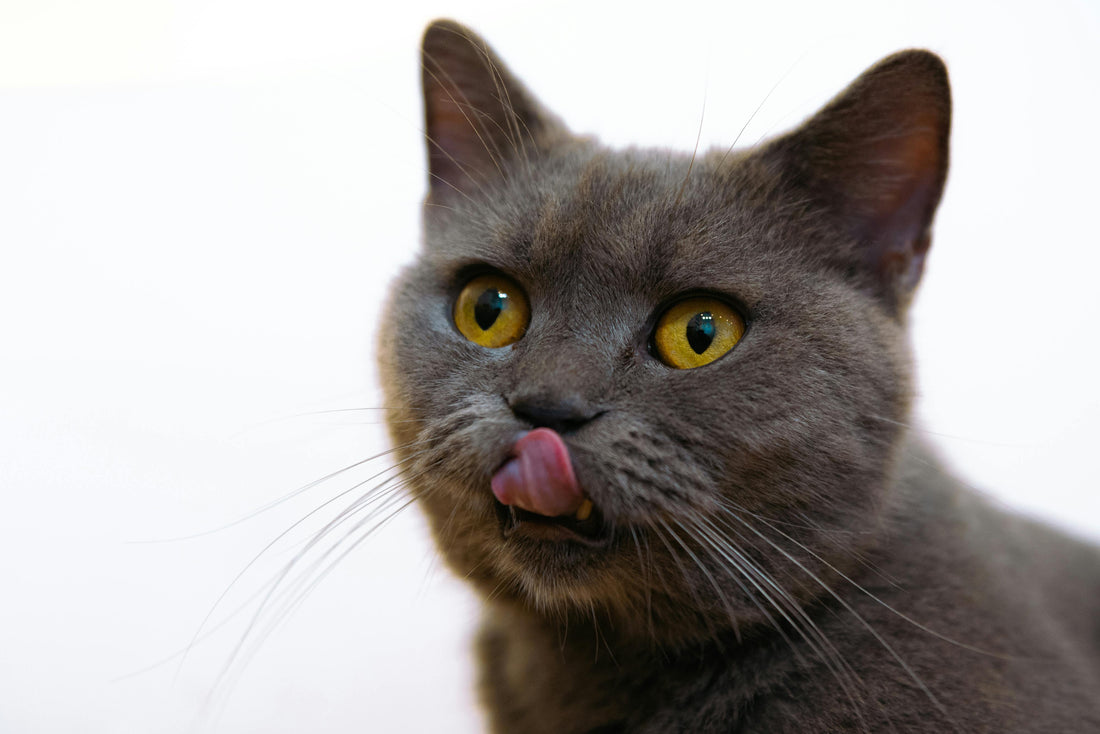
Are Cats Really “Picky Eaters”? Why Your Cat Might Be Hesitant — And How to Help Them Love New Treats
If you’ve ever described your cat as “picky,” you’re not alone. Many pet parents get frustrated when their cats turn their nose up at new food or treats. But here’s a little secret: most cats aren’t actually picky by nature — they’re cautious, and for good reason.
Let’s dive into why cats might seem finicky, where that instinct comes from, and how you can introduce healthy, species-appropriate treats (like freeze-dried goodies) into their routine without the stress.
Why Are Cats Thought to Be Picky?
Cats evolved as solitary hunters, and their ancestors thrived by being cautious about what they ate. In the wild, an unfamiliar smell or taste could signal spoiled prey or poisonous plants. This natural survival instinct is called “neophobia”, which means a fear or hesitation toward new things, including food.
Unlike dogs, who are scavengers and more likely to try new foods without hesitation, cats are hardwired to stick with what they know. This makes them more resistant to diet changes or new treats, even when those treats are nutritious and delicious (hello, freeze-dried chicken hearts!).
Are Freeze-Dried Treats Good for “Picky” Cats?
Yes! Freeze-dried treats are a fantastic option for hesitant eaters because they are minimally processed and retain the aroma and texture of fresh meat — something your obligate carnivore is biologically programmed to enjoy. However, how you introduce these treats makes all the difference.
Cats often need time and patience to build trust with new foods, but most will eventually give in to their instincts when presented with species-appropriate options like freeze-dried organs, meats, or fish.
Guide: How to Introduce New Treats to Your Cat (Without the Drama)
Here’s a simple step-by-step guide to help your cat overcome their initial hesitation:
1. Start Small — Really Small
- Don’t toss a whole handful of new treats into their dish.
- Instead, crumble a tiny amount and place it on the corner of their meal or next to their usual food.
- Even if they ignore it at first, they’re being exposed to the scent.
2. Let Them Explore
- Cats rely heavily on their sense of smell.
- Allow your cat to sniff and investigate at their own pace.
- Some cats might sniff something for days or weeks before they finally nibble it — and that’s OK!
3. Use Treats as Toppers
- Crumble a bit of freeze-dried liver, heart, or fish on top of their usual wet or raw food.
- This subtly blends the new taste and smell into something they already enjoy.
4. Offer by Hand or During Play
- Some cats respond better when treats are offered outside of mealtime.
- Try offering a freeze-dried treat by hand after a play session or use it in enrichment toys like a snuffle mat.
5. Be Consistent
- Repeated exposure helps reduce neophobia over time.
- Keep offering the new treat regularly in small amounts until curiosity wins!
Tips to Encourage Your “Picky” Cat:
✔ Warm It Up: Rehydrate freeze-dried treats with a bit of warm (not hot) water to enhance the aroma.
✔ Choose Single-Ingredient Treats: Avoid complex flavor blends. Stick with simple options like freeze-dried chicken hearts or beef liver.
✔ Routine Matters: Cats thrive on routine, so introduce new treats at the same time each day.
✔ Patience is Key: Some cats might take days or weeks, but most eventually give in.
The Takeaway: Your Cat Isn’t Picky — They’re Instinctual
When we label cats as picky, we sometimes miss the deeper story: they’re careful eaters designed to survive in the wild. By approaching treat introduction with patience and empathy, you’re working with their instincts, not against them.
So, will your “picky” cat eat freeze-dried treats? Most likely, yes — with the right introduction!
Helpful Resources:
- Cornell Feline Health Center – Understanding Cat Behavior
- The Ohio State University Indoor Pet Initiative – Managing Feeding Behaviors
- International Cat Care – Food Aversion & Neophobia in Cats
Want to try introducing new treats today? Check out our freeze-dried cat treat options here — thoughtfully sourced and made in the USA to satisfy even the most cautious kitties.
